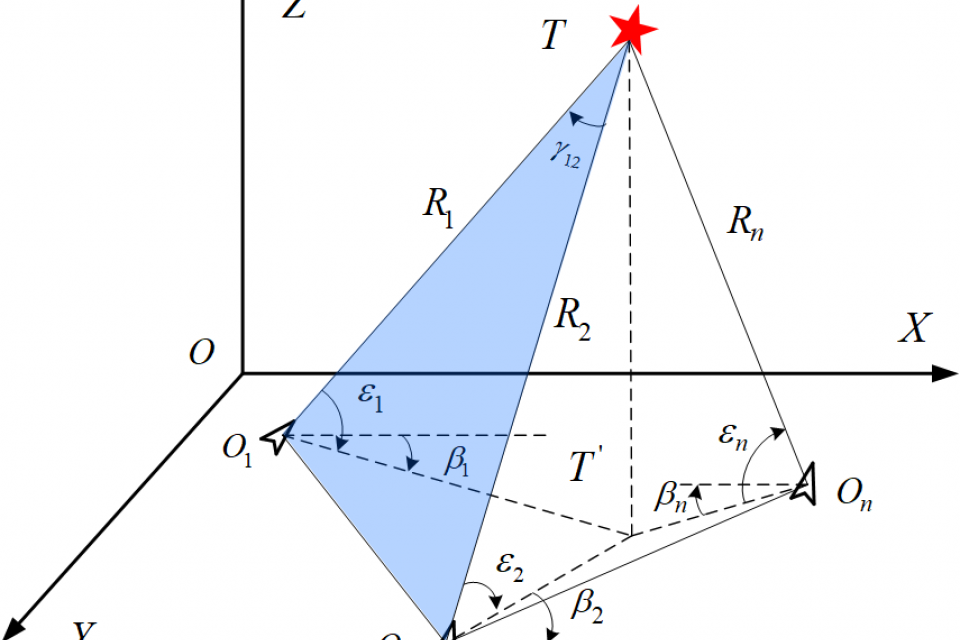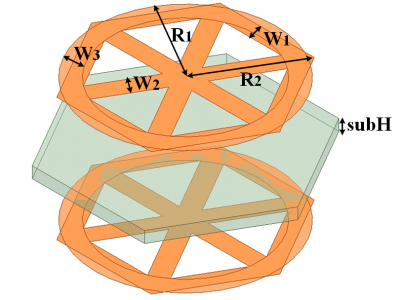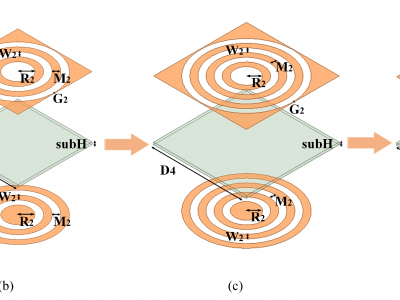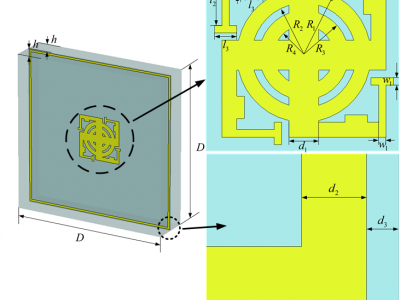Datasets
Standard Dataset
A FSS-Based Absorber with High Absorption Efficiency in the THz Regime
- Citation Author(s):
- Submitted by:
- Yi Li
- Last updated:
- Sat, 06/29/2024 - 11:40
- DOI:
- 10.21227/wy9h-pd60
- License:
 262 Views
262 Views- Categories:
- Keywords:
Abstract
Abstract-In this paper a FSS-based absorber:with highabsorption effciency is proposed in the terahertz regime foruse in communications applications. It has the potential toenhance the performance of communication systems, minimizesignal interference, and guarantee the stability and effciencyof data transmission, The structure of this terahertz absorbercomprises annular patches and shaped patches. Its unitstructure primarily consists of lossy layers positioned on theupper and lower surfaces of a dielectric substrate, as well asan all-metal plate situated on the lower surface of the aircavity, The lossy layer on the lower surface of the dielectricsubstrate incorporates chip resistors. This absorber demonstratesexceptional polarization insensitivity, angular stability, and highabsorption capabilities, The designed structure achieves an ab.sorption efficiency exceeding 90% across the frequency range of2.91THz-5.61THz, featuring multiple absorption peaks reachingup to 99% and a relative bandwidth of 63.4%. Additionally, itsabsorption efficiency remains above 80% even at incident anglesranging from 0o to 40°.Furthermore, comprehensive simulationsand analyses have been conducted to assess the impact of varyingpatch distances, patch thicknesses, and resistance values on thestructure's absorption effciency, The terahertz absorber boastinghigh absorption effciency plays a pivotal role in ensuring communication security by absorbing and mitigating unwanted signalreflections,thereby diminishing the likelihood of informationinterception.
The diagram highlights the interaction between the THz beams and FSS-based absorber. As the THz beams strike the FSS-based absorber, the THz beams are absorbed by absorber that it initiates a conversion process from electromagnetic energy to thermal energy.










